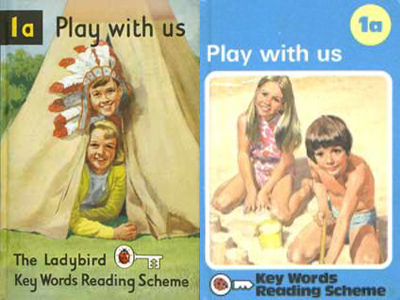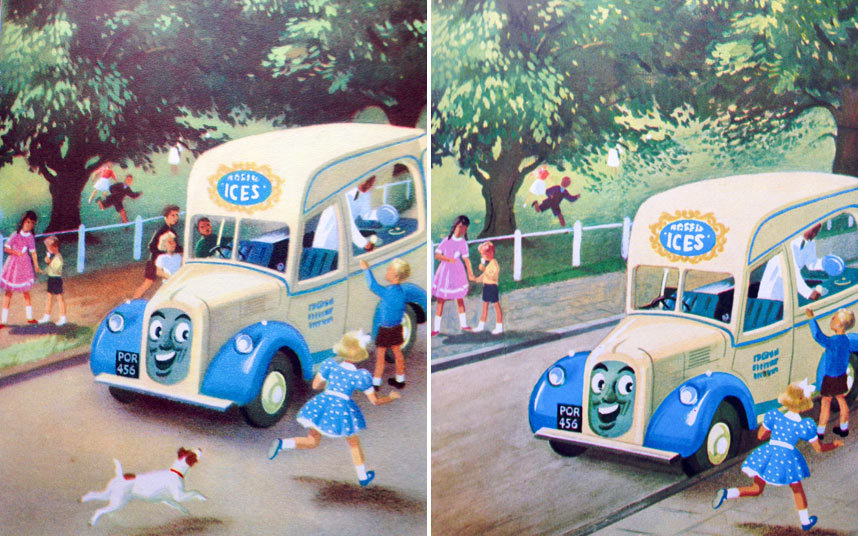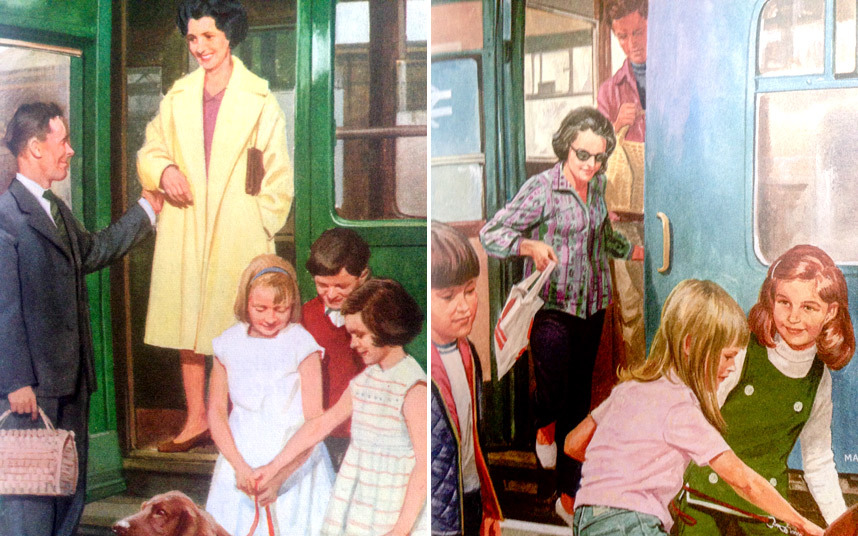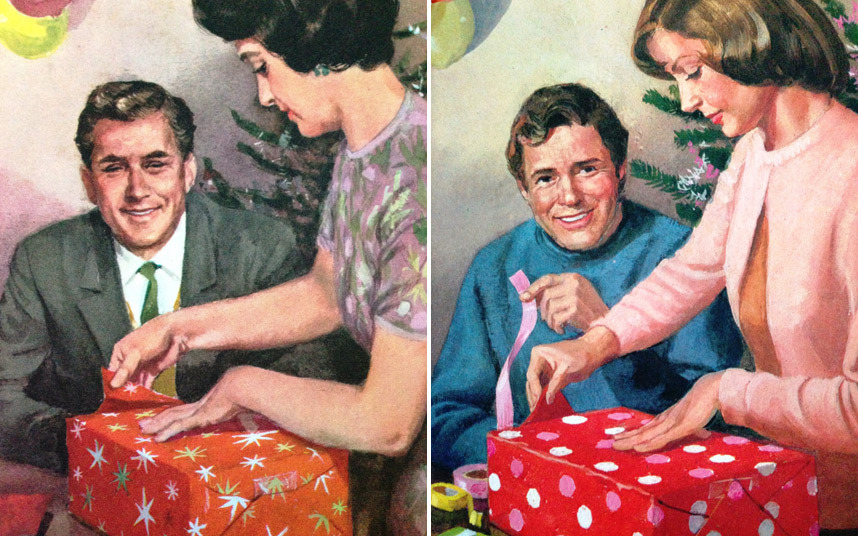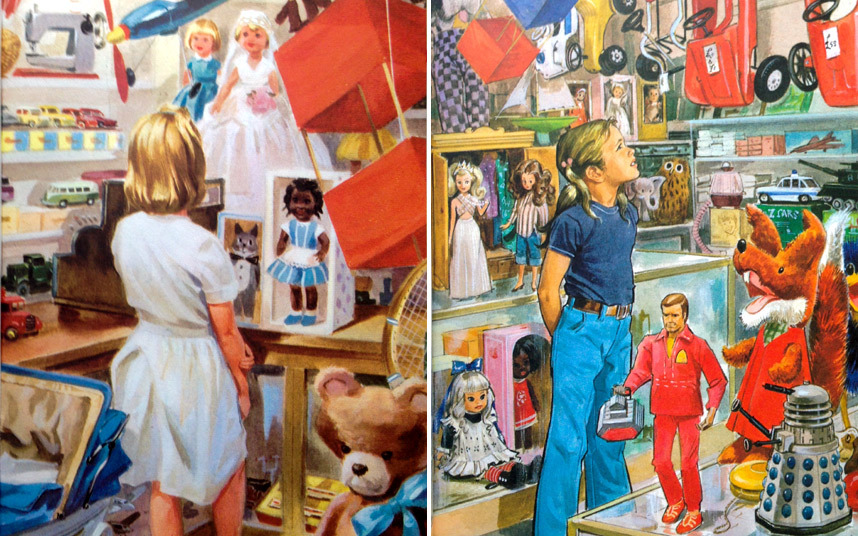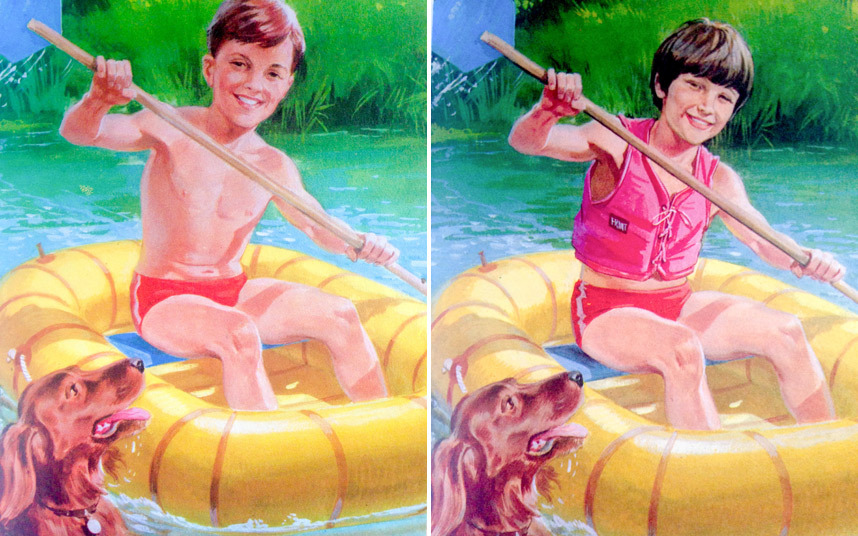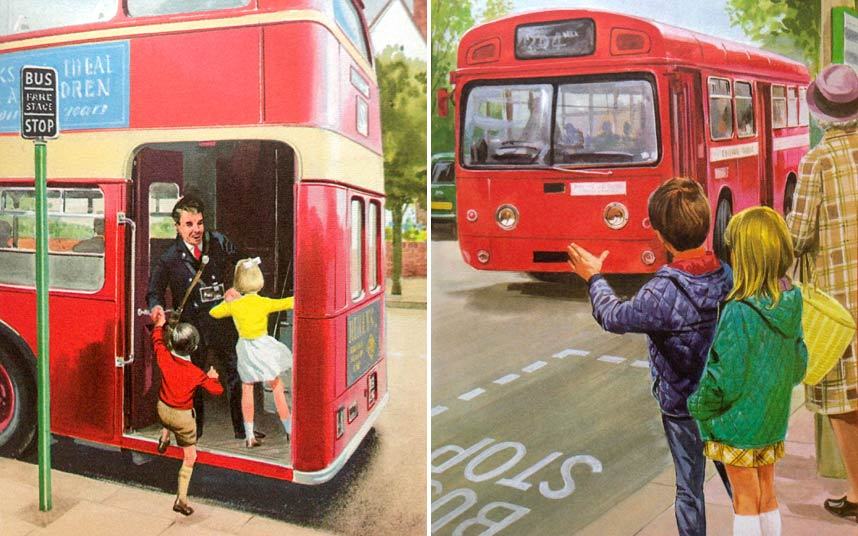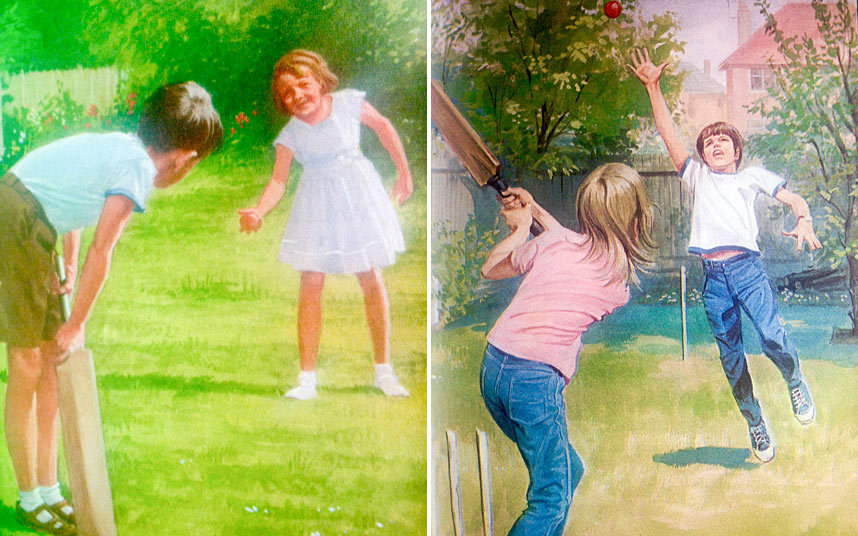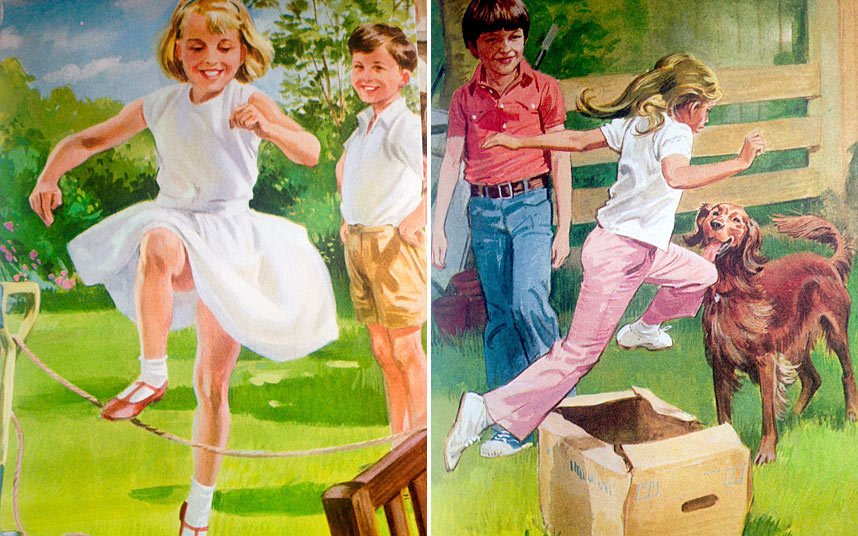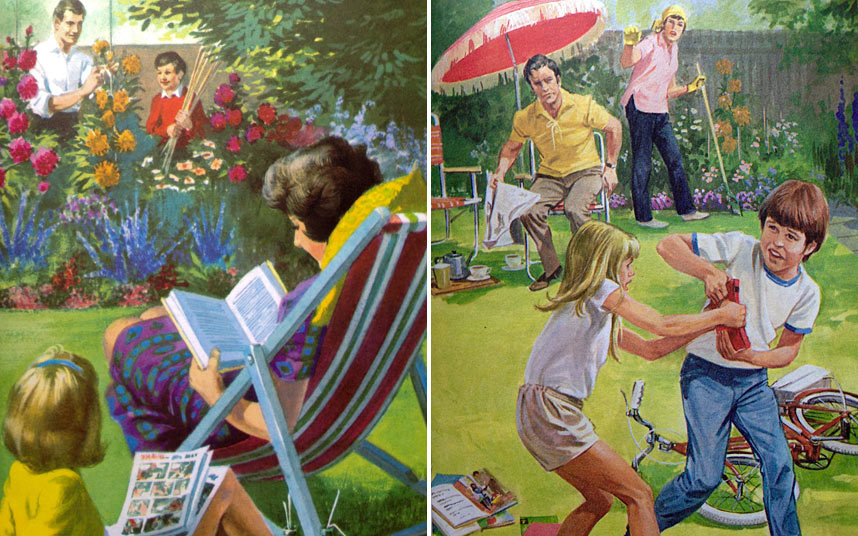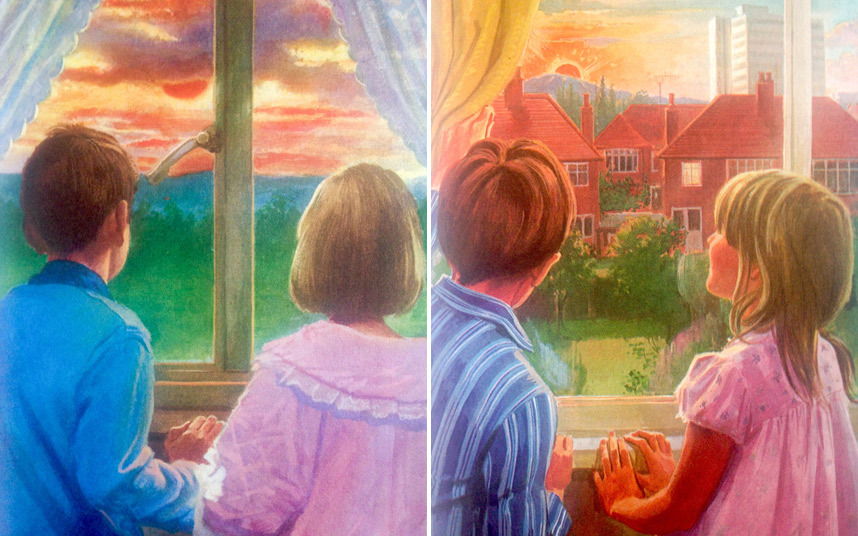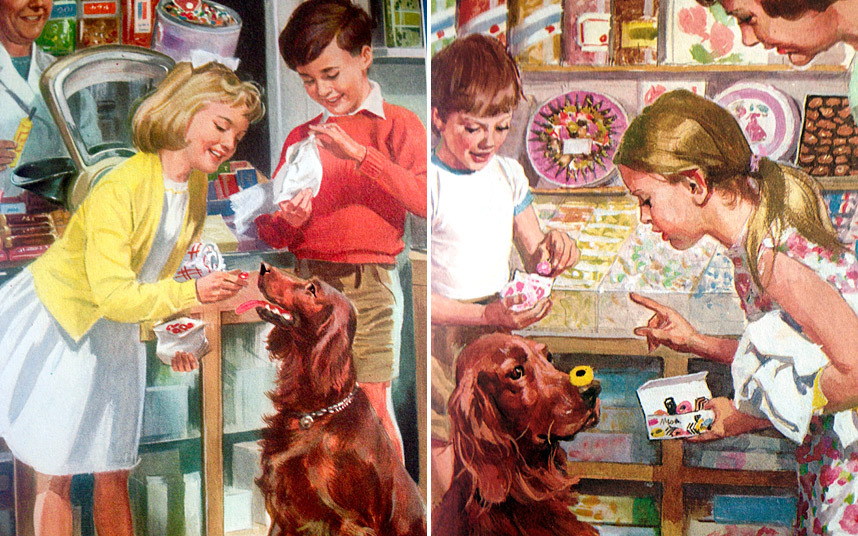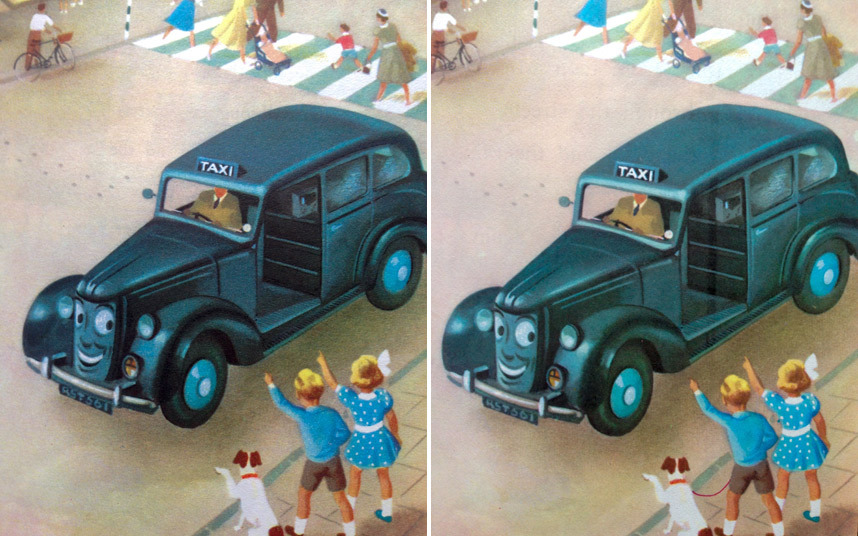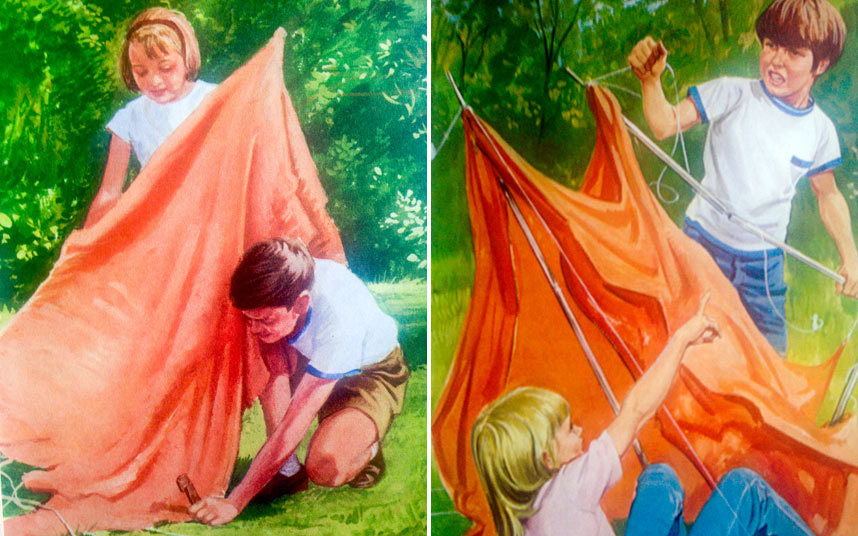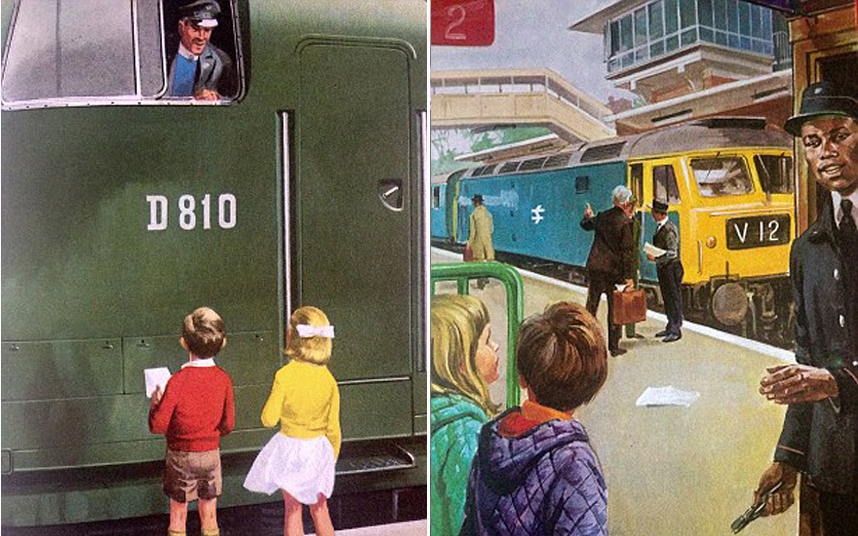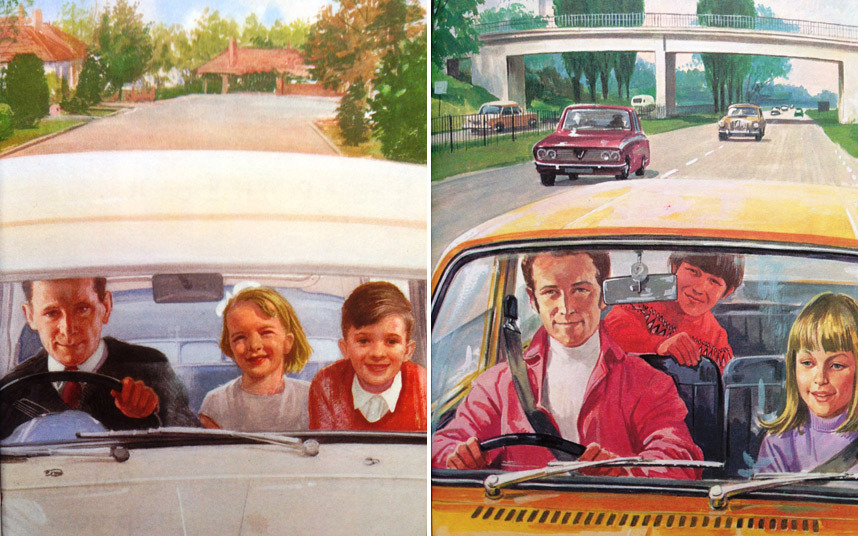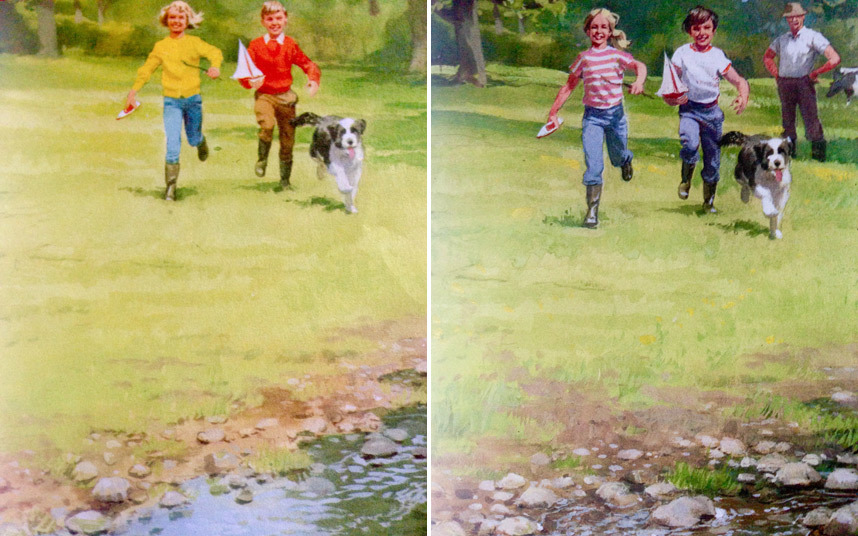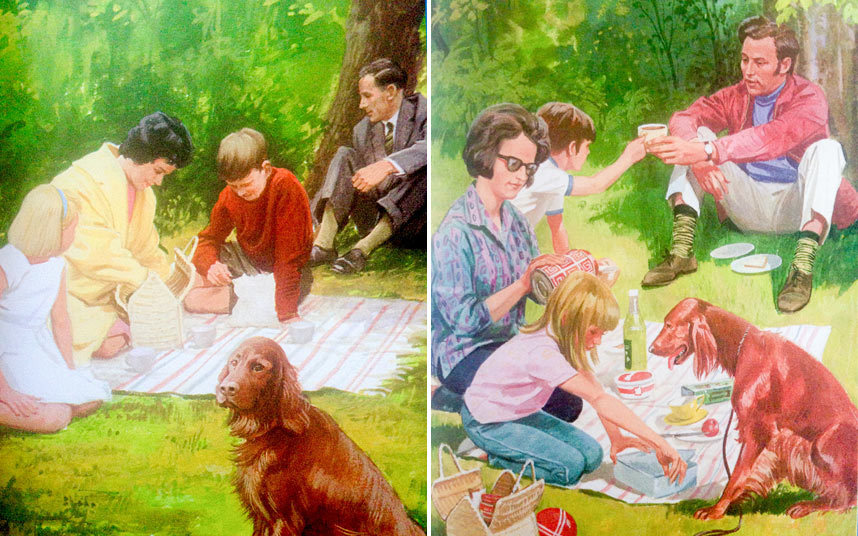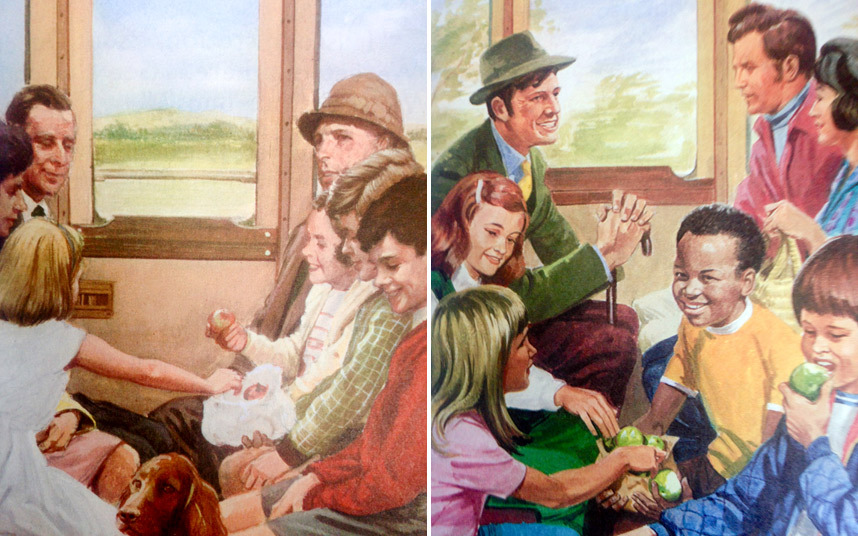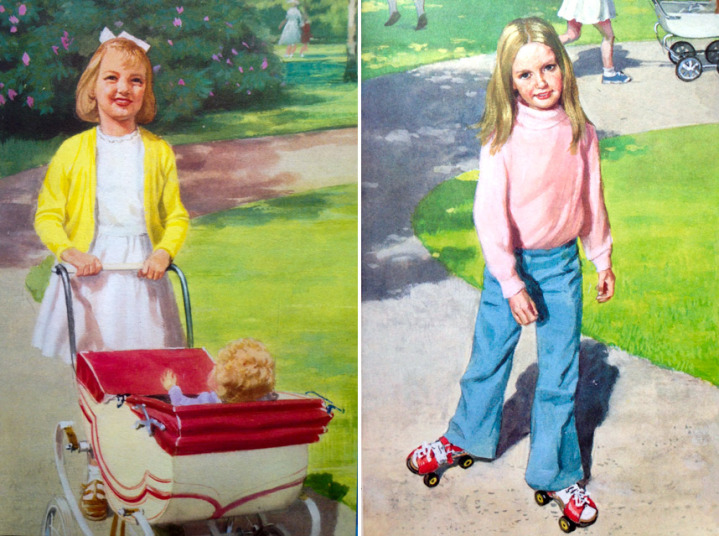How Things Have Changed: Ladybird's Peter & Jane Through The Years
|
Anyone who grew-up in Britain in the 60s and 70s will recall the Ladybird Key Words Reading Scheme books, that featured the characters of Peter and Jane. The first book in the series, was published in 1964, and the series was completed by the first publication of the 36th book in 1967. As the years progressed into the 70s and 80s, Ladybird altered the illustrations of the books, to reflect the changing society of the country. Recently an avid collector of Ladybird books known by the Twitter handle @lbflyawayhome, who owns more than 100,000, has been publishing regular side-by-side comparisons of pages from the Key Words Reading Scheme series. Causing the Gen-Xers who learned to read using the books, to go crazy spotting the differences between the illustrations. From changes in fashion, to acknowledging a society becoming more and more concerned about safety, and reflecting the changing ethnic diversity of the country.
|
Instead of showing children running along the open road, followed by their dog, the altered image adds a pavement under their feet. Reflecting the government push that really got under-way in the 70s and continues to this day for "road safety" awareness, with campaigns like the Green Cross Code, which began in 1970.
The first illustration shows mum being helped off the bus by dad, stood in a somewhat submissive pose. Whereas the second illustration shows mum not only getting off without the need for holding dad's hand, but that she is in front of dad. A very subtle refection of women's move towards independence during the 1970s, and the Women's Liberation Movement.
Another subtle reflection of the changing gender roles. In the 60s, dad just sits by and watches mum wrap the Christmas present, by the 70s he is helping. Reflecting the changing dynamics in the home, and equality of roles as parents and as partners.
Not only does the foreground of the second illustration feature popular toys of the late 70s, but rather than Jane staring at dolls, she has her back to them. Jane instead is looking up longingly at the go-carts hanging on the wall.
Safety awareness of the later age, illustrated very simply by the addition of a life-jacket.
The tradition London bus Routemaster, with its conductor and being able to jump on the open back, is replaced with a modern single decker bus without a conductor.
In the earlier image, Jane is gently throwing the ball under-hand to Peter. By the second image, Jane is the one batting, smashing the ball over Peter's head. No longer are the pair in gender specific clothes, but both wearing gender neutral jeans,
Another example of changes in attitudes towards appropriate clothing. The pretty party dress is gone, and pants are in.
In the 60s Peter helped dad with the gardening, while Jane and mum sat reading. Gender roles are switched between mum and dad in the second illustration, and no longer passive "good" children, Peter and Jane are shown fighting.
The sunset over fields in the 1960s, while by the 1970s the image reflected not only the urbanisation of the country, but the architecture of the period, with the tower block in the background.
The traditional sweet shop, where the owner would weigh out sweets from jars was on the decline. By the 70s he was gone from the image, and in the background you see self-service sweet racks. Also branding is brought in, with a box of liquorice all-sorts.
A very subtle change in this one, by putting the dog on a lead.
By the mid-70s it seems that children were forgetting how to put up a tent.
Peter and Jane chat the the train driver, on the station platform. By the second illustration they have been stopped from wandering unaccompanied onto the platform, by a ticket collector. Also the train has been updated to reflect the times.
No longer driving through the suburbs with Peter and Jane both in the front of the car, by the 70s they were hitting the motorway, and they were wearing seat-belts, reflecting the Cluck Click seat-belt safety campaign of the early 70s.
In image one the children are alone, running towards the water. Safety concerns about children playing near water are addressed, with an adult supervising them, and the water has been made much more shallow.
By the 70s, the uncomfortable looking suited father is much more relaxed and interacting with his family.
The passengers on the train are subtly altered with the addition of a young black character, in an attempt to show the changing ethnic diversity of the country.
In the second illustration the gender stereotype of the girl playing with a pram and a doll is literally walking off the page, replaced by a more active Jane on roller skates.
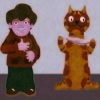
Charley Says... Don't Do Stupid Shit Kids! - The British public information film series from the 1970s, in which Charley the cat warned kids not to do dumb stuff.
|
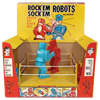
Those Toys You Wanted, And The Ones You Got!!! - Childhood dreams shattered by poor parental purchases.
|

